- Author Jason Gerald [email protected].
- Public 2024-01-19 22:11.
- Last modified 2025-01-23 12:04.
In the computer world, the term memory has two meanings. Physical memory is storage space on your drive. This storage space determines the number of files you can store. Meanwhile, RAM memory (Random Access Memory) generally determines the speed of the computer. No matter what type of computer you're using (Mac or PC), you can easily check your RAM and drive status.
Step
Method 1 of 4: Checking Drive Capacity in Windows

Step 1. Be aware that physical memory refers to a USB drive or the computer's internal drive, and is used to store various files
Physical memory is different from RAM (Random Access Memory), which controls some computer functions.
If you are concerned about the number of files that can be stored, check the physical memory capacity. However, if you are concerned about the speed of your computer, check the RAM capacity
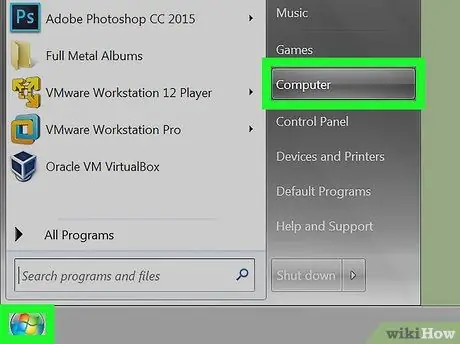
Step 2. Open the Computer window
Click Start in the lower-left corner of the screen, then click Computer.
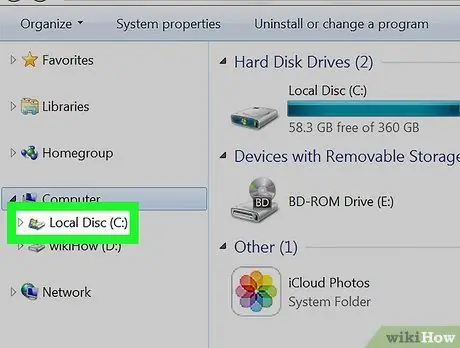
Step 3. Select the drive you want to check for capacity on the left side of the window
Commonly used drives on computers are labeled Windows (C:), but you can check all available drives if needed. In the Computer window, the storage drive is represented by a gray box.
If the drive you are referring to does not appear, click the small triangle next to Computer

Step 4. Look at the Details box at the bottom of the window to check the remaining storage space
You will see a description like xx GB free of yy GB.
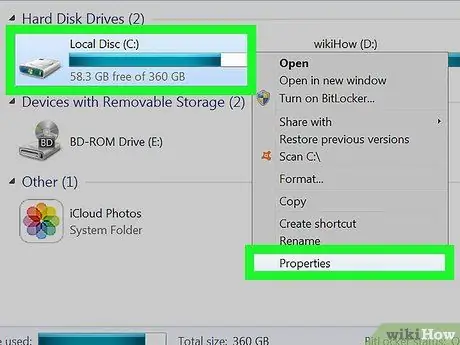
Step 5. Open Windows Explorer, then right-click one of the drives and select Properties
In the Properties dialog box, you can see the size of the drive and the used space. If you have more than one drive, repeat the above steps on each drive you have.
Method 2 of 4: Checking RAM in Windows
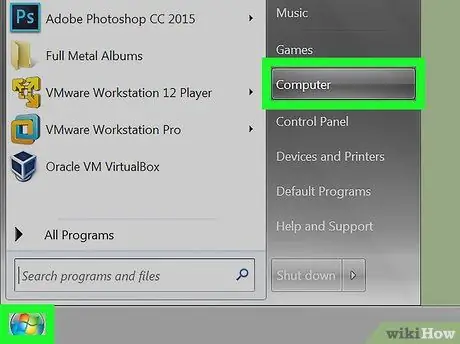
Step 1. Click Start in the lower left corner of the screen to open a Windows Explorer window
You can also open the window by clicking "My Computer".
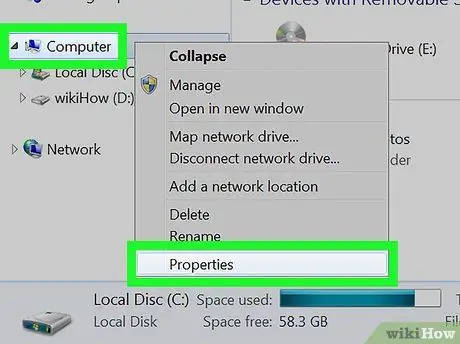
Step 2. Find Computer or This PC on the left bar of the window, then right click and select Properties
The Properties option is at the bottom of the context menu.
- In the center of the window, note the Installed Memory (RAM) entry:. The entry will display the amount of RAM installed on your computer.
- The more RAM you have, the faster your computer will perform.
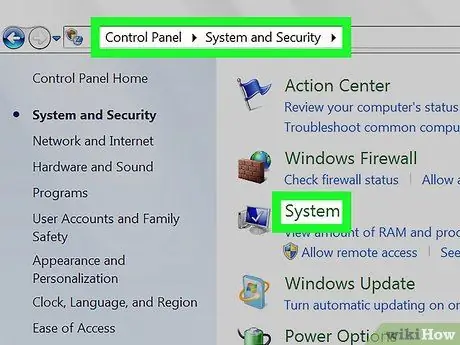
Step 3. Alternatively, open Control Panel from the Start menu, then select System and Security, and click on the System option
The amount of RAM installed on the computer will appear in the Installed Memory column.
Method 3 of 4: Checking Drive Capacity on Mac
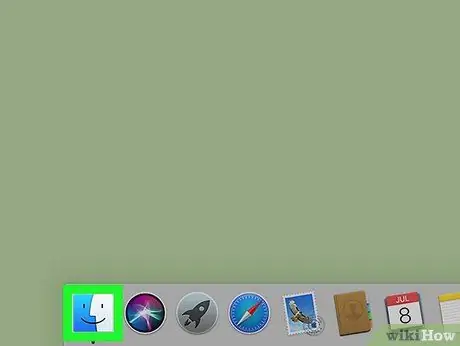
Step 1. Open Finder and find your drive
Generally, the primary drive on your computer will be labeled Hard Drive or C:.
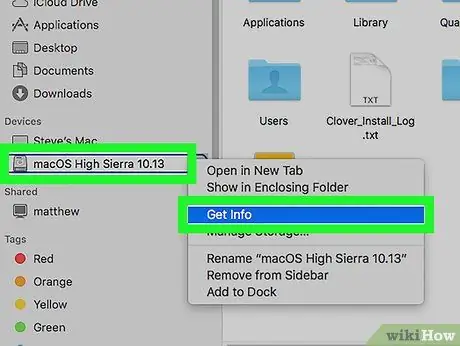
Step 2. Press Ctrl, then click the drive
On the menu that appears, click Get Info. Once that option is selected, you can press Cmd+I (capital I) to open the Information panel.
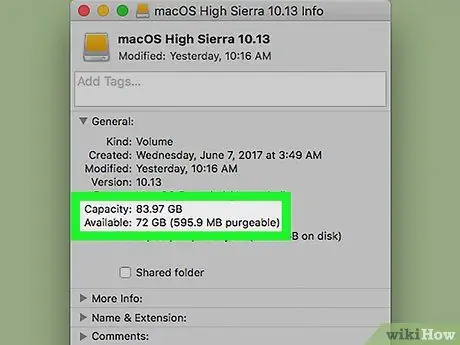
Step 3. Pay attention to the size and remaining available space on the drive
The Information panel contains the remaining drive space in GB. You can use the remaining space to store various files.
Method 4 of 4: Checking RAM on Mac
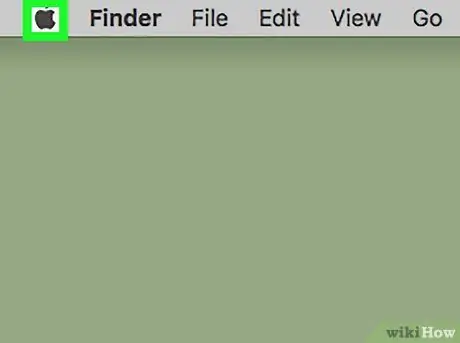
Step 1. Click the Apple icon in the top left corner of the screen
You can check the RAM capacity installed on your Mac computer easily. RAM is used by the computer to store tasks, and the more RAM installed on the computer, the faster your computer will perform.
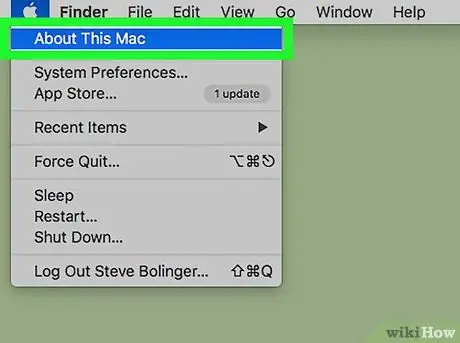
Step 2. Click About This Mac. You'll see the computer's specifications in the window that appears, including the type and amount of RAM installed (in GB). If you can't see the amount of RAM in this window, click More Information. Generally, Macs have 4-16GB of RAM.






